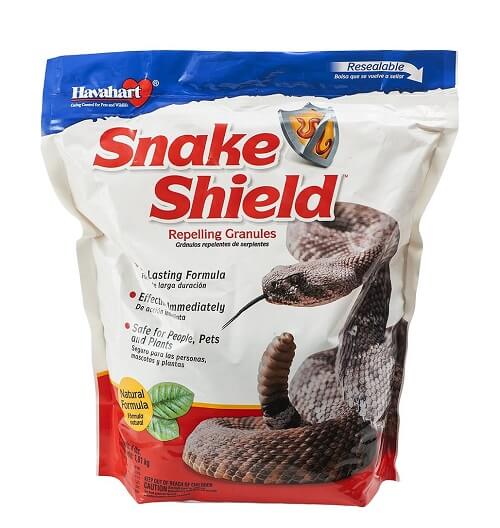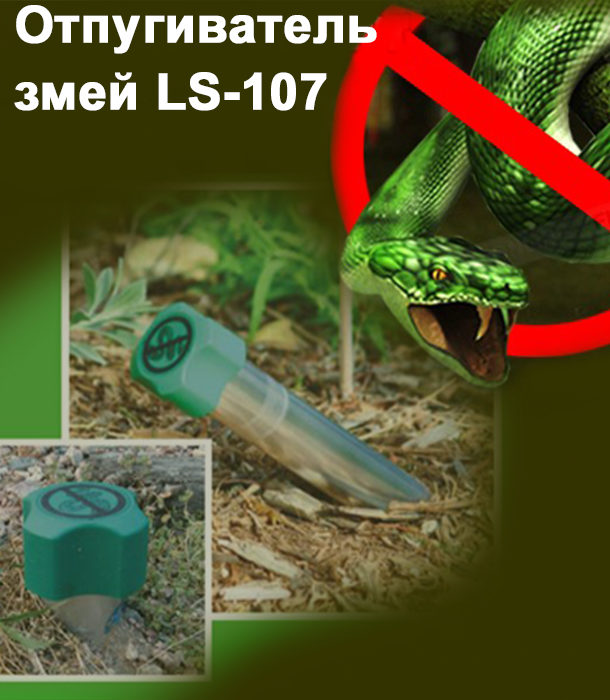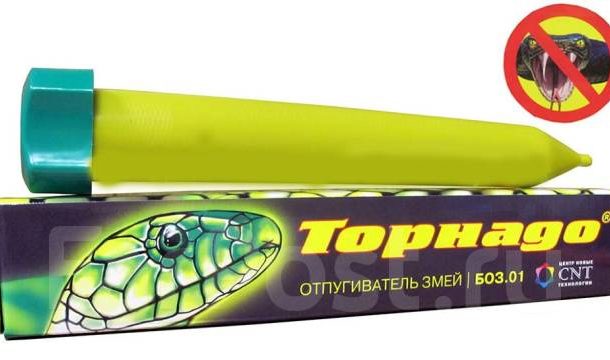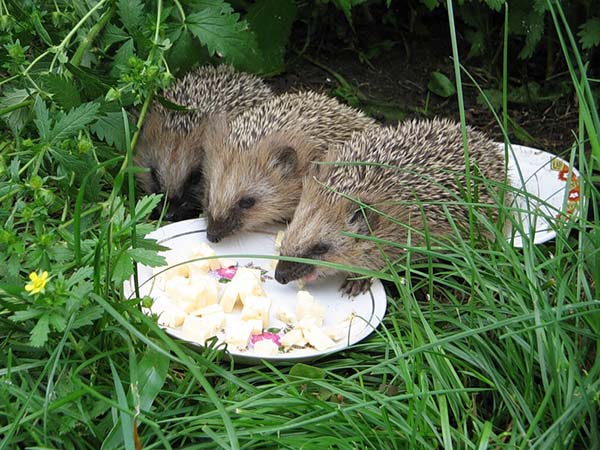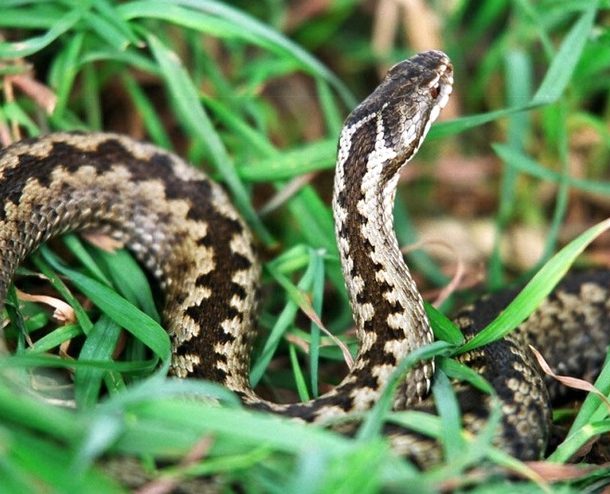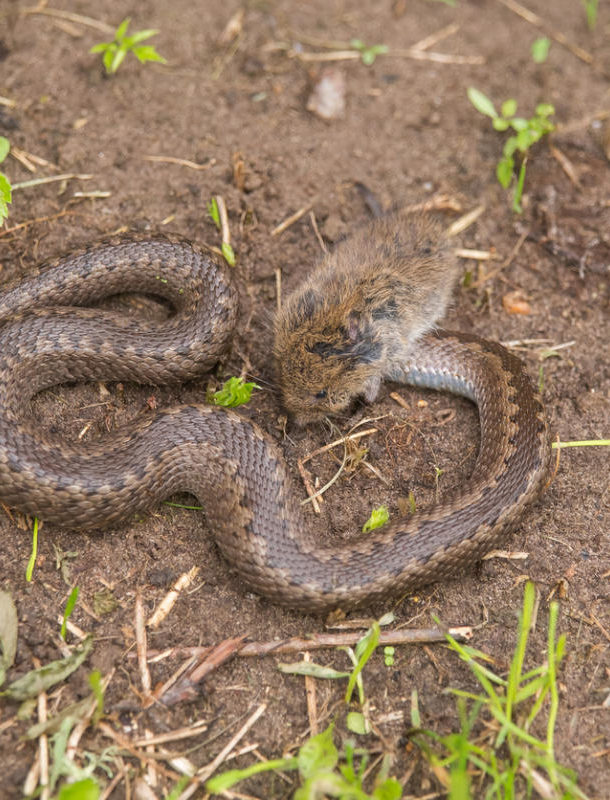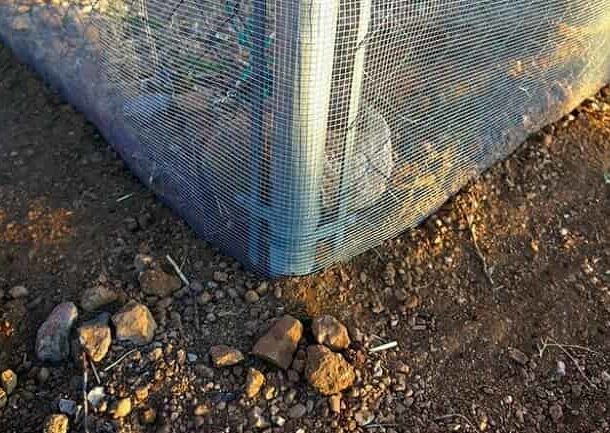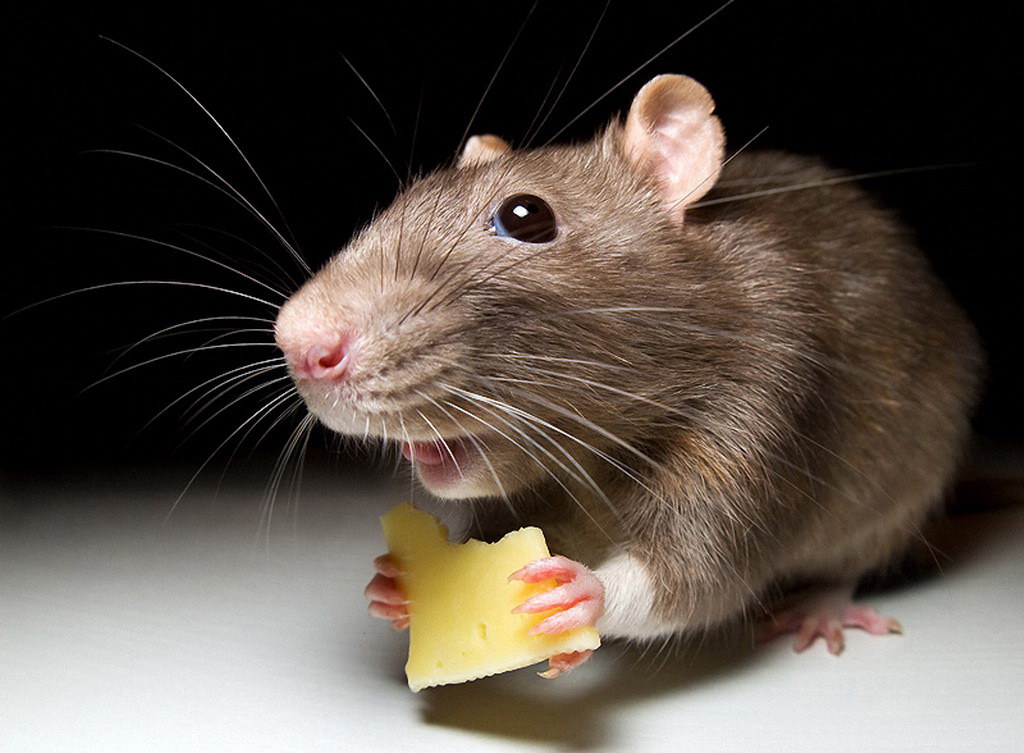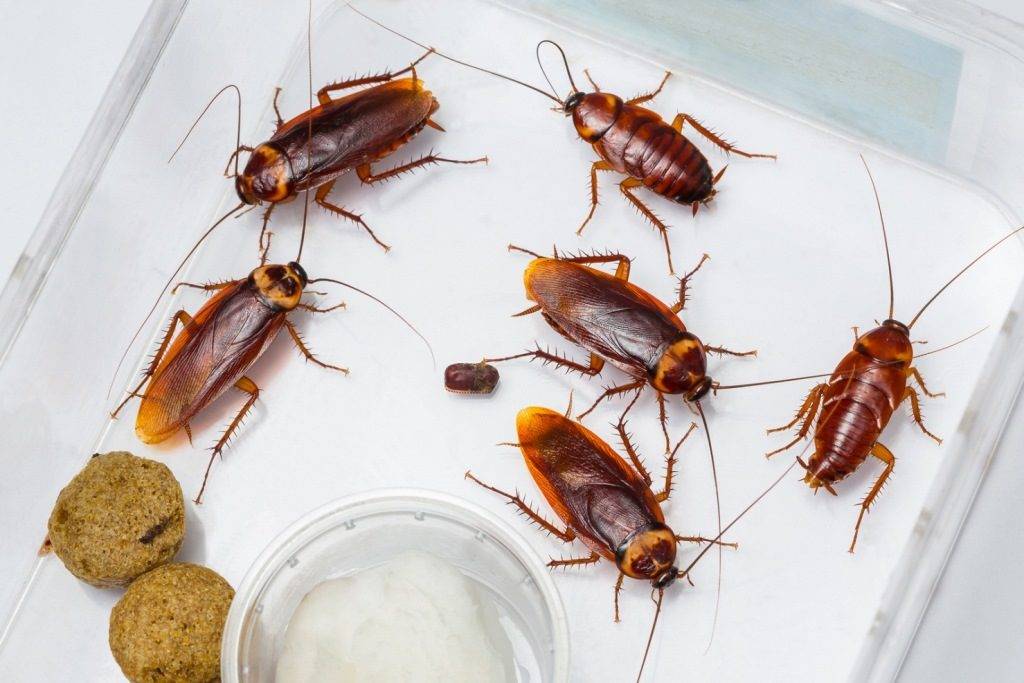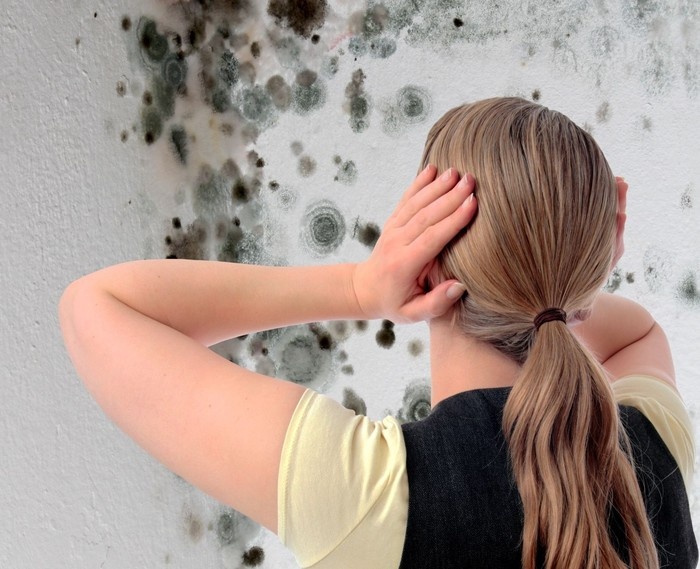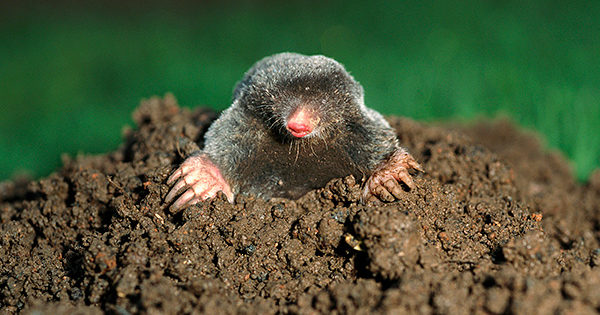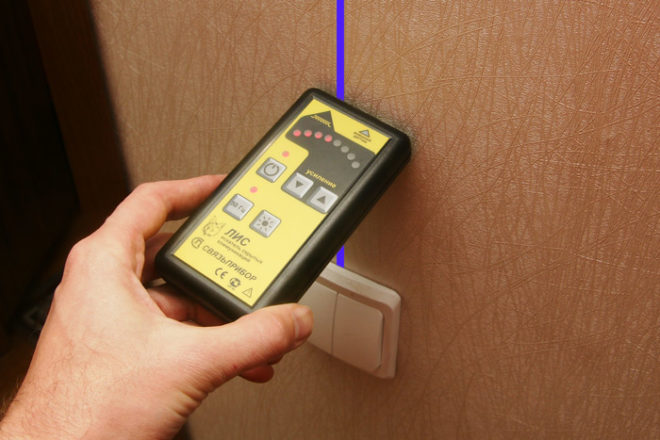8 tips for driving snakes out of the area
The owners of suburban areas constantly have to deal with various pests - ants, mice, wasps, moles and other unwanted inhabitants of the garden or vegetable garden. But perhaps the most unpleasant "neighbors" at the sight of which many of us freeze everything inside are snakes. Such a neighborhood is not only unpleasant and causes fear, but is also dangerous. Especially if you come to the site with young children or pets. Despite the fact that most snakes are not poisonous, their bite is still a danger. In the article we will consider 8 tips from experienced summer residents, how to get rid of snakes in the area. We will also figure out how to determine if a snake is poisonous, how to provide first aid with a bite, and what means of struggle in practice are useless.
Forced Neighborhood
Now in many forums you can find many posts from the owners of sites in various regions of Russia that there are a lot of snakes, almost an invasion. However, this is not quite true. Rather, even the opposite. It is we, people, striving to be closer to nature, we are buying tracts of forests under development, cut down trees thereby depriving the snakes of their natural habitat. The reptiles have no choice but to seek a place of residence and food elsewhere, namely, in the nearest areas in garden cooperatives. By their nature, snakes do not seek neighborhood with humans, on the contrary, whenever possible they avoid it. When snakes feel human steps in close proximity, they tend to hide as quickly as possible. Some curl up and stop moving. All this suggests that we scare them no less than they scare us.
It is we, people, striving to be closer to nature, we are buying tracts of forests under development, cut down trees thereby depriving the snakes of their natural habitat. The reptiles have no choice but to seek a place of residence and food elsewhere, namely, in the nearest areas in garden cooperatives. By their nature, snakes do not seek neighborhood with humans, on the contrary, whenever possible they avoid it. When snakes feel human steps in close proximity, they tend to hide as quickly as possible. Some curl up and stop moving. All this suggests that we scare them no less than they scare us.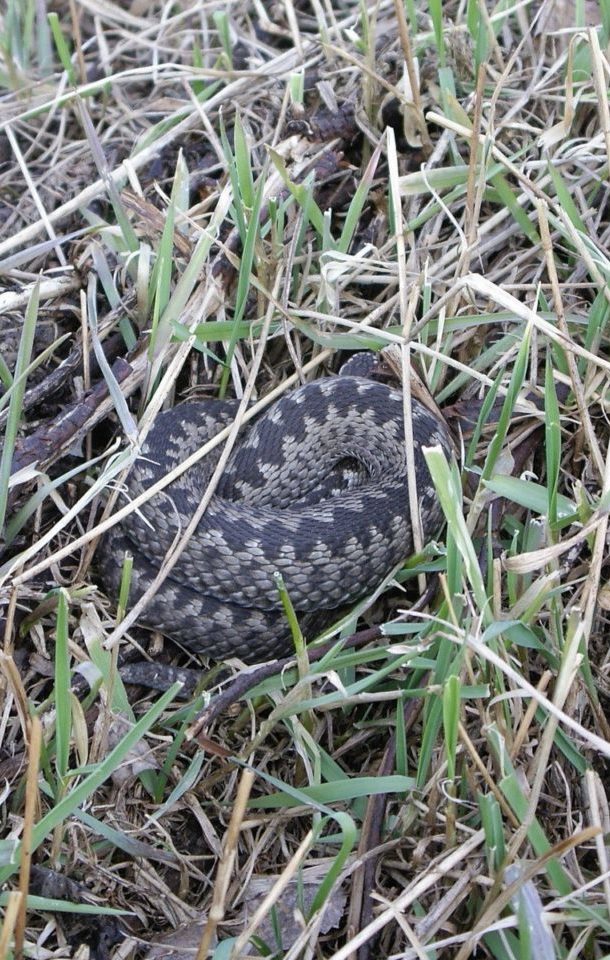
note that snakes never attack first if you do not provoke them with sudden movements and waved hands or if your presence does not threaten the safety of their nests or offspring. Of course, in many cases the snake may not be noticed right away, or you won’t see the nest, and get close to it, inadvertently provoking an attack. Therefore, they try to drive the snakes from the site, until there are too many of them.
Poisonous or not?
Before choosing methods and methods of expelling snakes, it is necessary to determine what kind of species you are dealing with. Because not all chemicals are equally effective for all types at the same time. When you see a snake on a site, the first thing you need to do is determine is it poisonous. It is very easy to do. Pay attention to the image.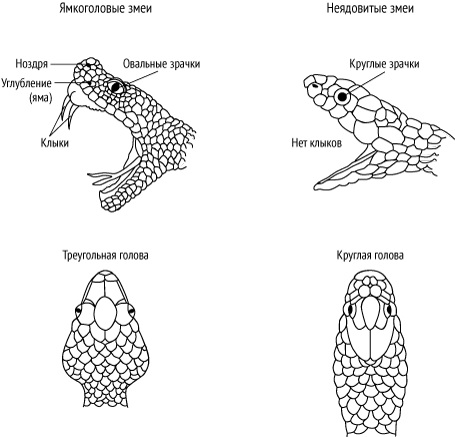
In poisonous snakes, the head has a triangular shape, it is in the corners that the glands that produce the poison are located. There are teeth in their mouths, and their pupils are shaped like cats. Non-toxic snakes have no teeth, and their head is an extension of the body and has a rounded shape.
On Russian territory most often seen the following types of snakes:
- Already;
- Runners;
- Viper
- Coppers.
Uzhi and snakes are not poisonous and in this regard are safe for humans. Recognizing them is very simple. Already has yellowish, rarely white ears. And the snails have a yellow abdomen.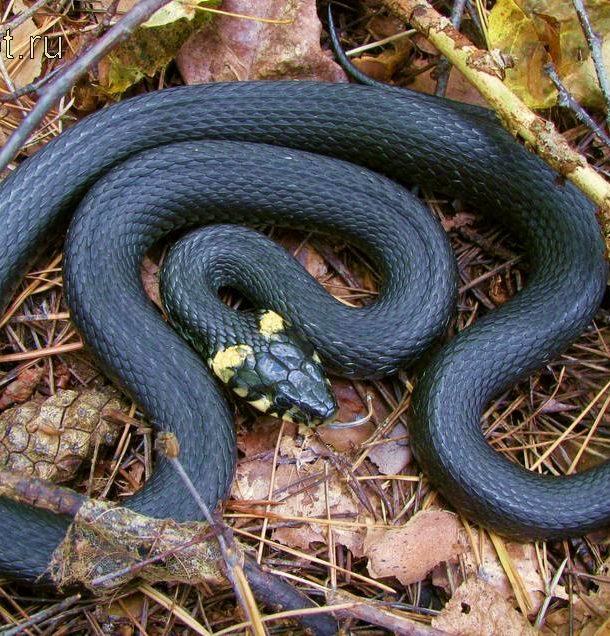
Copperfish mistakenly considered poisonous, but this is not so. Their bite is not fatal. You can recognize the copper coin by its characteristic pattern and color - a shade of copper. Pure blacks are very rare. individuals.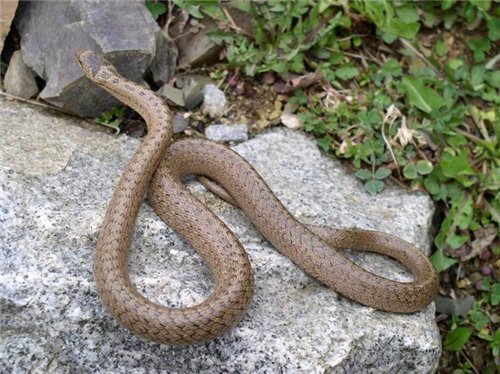
Viper has a characteristic color along the spine. Less commonly, there are vipers without a pattern on the body or completely black.The length of snakes of this species on average is 70-80 cm, less often, they reach a length of 1 m. The bite of a viper is not fatal for humans, but first aid and the victim must be taken to the hospital without fail.
Having noticed any of the listed kite on his plot in no case:
- Do not lean towards her. The most dangerous is considered a snake bite on the face. Even if the snake is not poisonous, the infection can get into the wound from the cavity of its mouth, a noticeable scar may remain from the bite;
- Do not wave your hands in an attempt to scare and drive the snake away. By such behavior you only provoke an attack;
- Do not try to kill the snake. Some species of coppers and vipers are listed in the Red Book of a particular region. In addition, there is an opinion that dying, the reptile emits a special smell that will be noticeable by other individuals and will attract them;
- Do not turn your back to the snake and do not start to run away. Just slowly step back, and the snake itself will hasten to leave the territory.
Snake triggering factors
Most often, snakes are noticed in areas located close to or on the territory of the forest belt - the habitat habitual for snakes.

But the reasons reptiles your real estate has chosen there may be several:
- Your site is in a state of neglect. That is, there are heaps on it construction waste, dry branches from sawn trees, scattered pieces slate etc. A pile of debris for snakes can be a dilapidated house on an adjacent plot;
- The presence of secluded places. Snakes prefer to arrange their nests in dark, secluded places. It can be sheds and utility roomscellars and cellars, sometimes chicken coops, firewood;
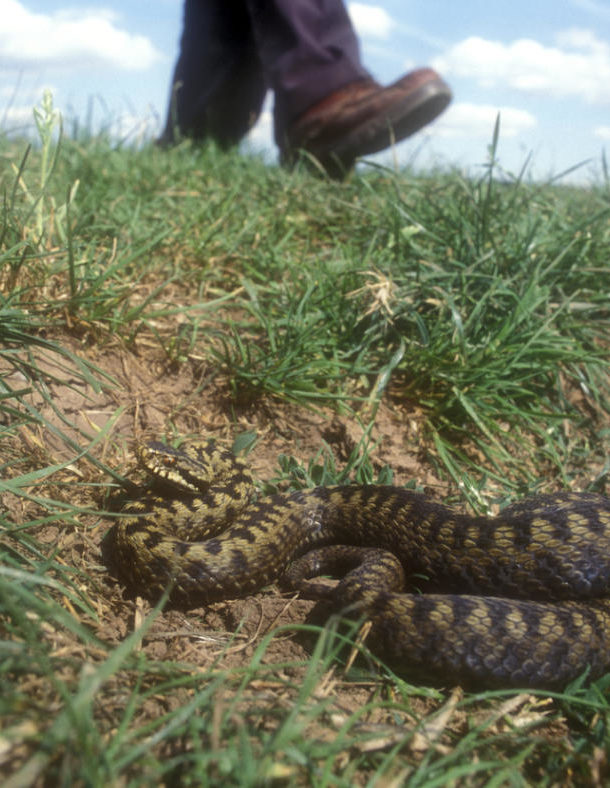
- Thickets and tall grass. Dense thickets of shrubs, raspberries and areas with high, mowed grass are attractive to snakes. If your site is kept in order, but there are abandoned, groomed gardens nearby, along the perimeter of which everything is covered with tall grass, you will have to ennoble them a little;
- Availability of food. Snakes feed on mice, rats, lizards, large insects, fish, and frogs. if you have decorative pond with living inhabitants, snakes can hunt them. If mice live on the site, the reptiles will be provided with sufficient food, and there will be no reason to leave the territory. Therefore, the fight against snakes in this case should begin with the removal of rodents.
Snake traps
Special snake traps are available for sale. Them constructions and operating principle highly primitive.  The trap is a small piece of cardboard, in more expensive versions - plastic, the surface of which is covered with adhesive tape on one side. Crawling onto a trap, the snake sticks and can no longer move. You just need to carefully carry the snake trap away from the site, free the reptile and let it go. To do this, you will need to pour oil on the snake, which will weaken the effect of the glue. Inconvenience is that you need to know very clearly the routes of movement of the snake in the area in order to establish a trap precisely on the way it follows. Relying on the case, you can wait a very long time. To increase the likelihood of capture, you can put bait on a trap. For example, sweet berries or a grasshopper. Most popular The following snake traps are:
The trap is a small piece of cardboard, in more expensive versions - plastic, the surface of which is covered with adhesive tape on one side. Crawling onto a trap, the snake sticks and can no longer move. You just need to carefully carry the snake trap away from the site, free the reptile and let it go. To do this, you will need to pour oil on the snake, which will weaken the effect of the glue. Inconvenience is that you need to know very clearly the routes of movement of the snake in the area in order to establish a trap precisely on the way it follows. Relying on the case, you can wait a very long time. To increase the likelihood of capture, you can put bait on a trap. For example, sweet berries or a grasshopper. Most popular The following snake traps are:
- “Easy Gift 5 Pcs Butter Scented Humane Trap”. The trap is convenient in that it is larger than many others. In expanded form, it is a square 32 × 32 cm. It can also be twisted into a tube. A simple device made of thick cardboard and non-toxic glue;

- "Catchmaster 402 Baited Rat, Mouse and Snake Glue Traps". Two traps in one package designed to catch mice, rats or snakes. However, only medium-sized reptiles can hold the trap;

- Humane Snake Trap by Snake Trap. A more “advanced” trap with a closed case made of plastic and impressive dimensions of the internal space.The closed design eliminates the possibility of kittens and puppies falling into the trap, which can not be said about the two above-mentioned models.

Repellents
Repellents have proven themselves in the fight against rodents and insects, but with snakes everything is somewhat different.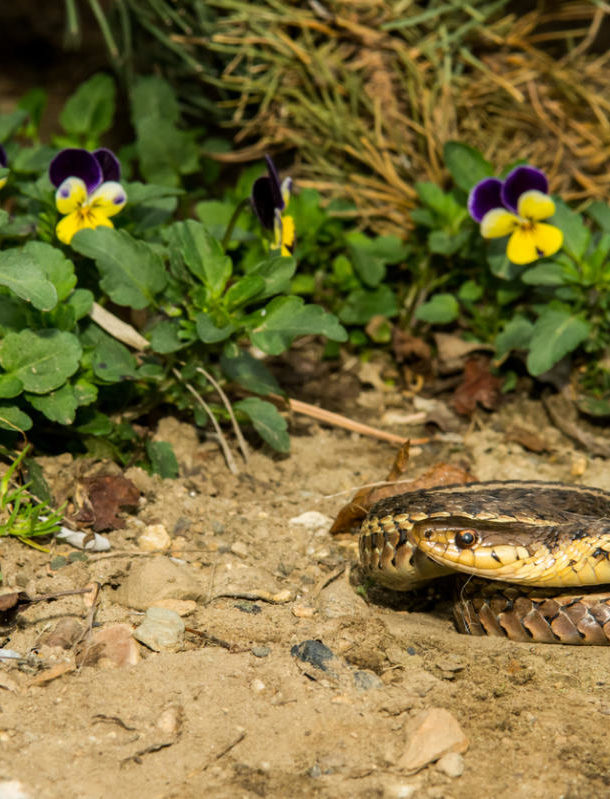 Strongly smelling active ingredients of the drug should scare away uninvited guests. But given the fact that the snake's organ of smell is language, then repellent on her or not, a matter of chance. If the snake touches the substance with the tongue, it will leave; if not, it will creep over it and go in the direction it needs. If you decide to try this method, choose from the following repellents:
Strongly smelling active ingredients of the drug should scare away uninvited guests. But given the fact that the snake's organ of smell is language, then repellent on her or not, a matter of chance. If the snake touches the substance with the tongue, it will leave; if not, it will creep over it and go in the direction it needs. If you decide to try this method, choose from the following repellents:
- “Dr. T’s 4-Pound Nature Products Snake Repelling Granules ». The preparation is in the form of granules, the active substances of which are sulfur (28%) and naphthalene (7%). Some gardeners use these two components on their own, scattering them around the site. However, this is not so effective. The manufacturer recommends scattering granules with paths. If you are fighting with snakes, the width of the paths should be 10-12 cm, if with rattlesnakes - 20-30 cm. After each precipitation, you need to pour granules again;

- "Havahart 6400 Snake Shield Snake Repillent". The active component of the drug is sulfur and essential oils of pine nuts, cinnamon, cloves. It is recommended to scatter along the perimeter of the site, around compost heaps, sheds, drovnitsa paths, a width of 20 cm;

- Sweeney’s 5200 All Out Snak Repillent, Granular, 4-Pound. An agent with a completely natural composition based on clove, cedar and cinnamon oil. According to reviews, this repellent in most cases helped scare away garden snakes, black and copperhead snakes.

Using repellents, neither in no case Do not surround the burrows and places where snakes are concentrated. By creating such a frightening ring, you will only achieve that they will not be able to leave their habitat. Do not use them indoors and carefully watch that granules do not appear in hands of the child.
Snake Repellers
Given the mixed reviews of summer residents about various independent ways to get rid of snakes, we can conclude that it is much safer and more likely to achieve what you want with special repellers. 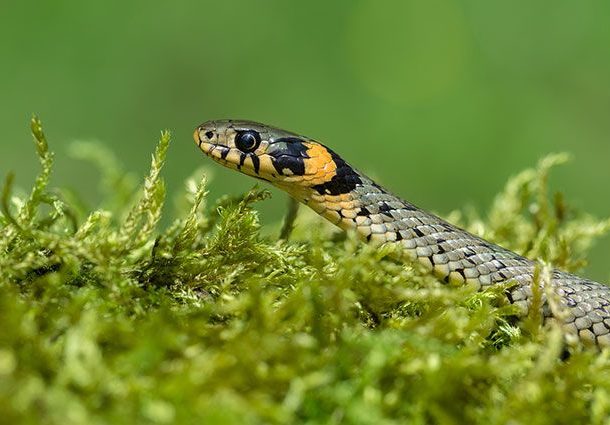 They are a small cylindrical device with a pointed end. The housing can be made of plastic or metal. Repellers can work on both conventional and solar batteries. To activate, you only need to bury the device in the ground to the recommended depth. Conveniently, the device should work only a couple of days to force the snakes to capitulate. Given the characteristics of reptiles, namely the fact that they do not hear, but only feel vibrations, it is necessary to choose ultrasonic repeller models. Ultrasound itself will not have an effect on them, however, it will fend off the device body, thereby forming a noticeable vibration. The best scarers by user reviews are:
They are a small cylindrical device with a pointed end. The housing can be made of plastic or metal. Repellers can work on both conventional and solar batteries. To activate, you only need to bury the device in the ground to the recommended depth. Conveniently, the device should work only a couple of days to force the snakes to capitulate. Given the characteristics of reptiles, namely the fact that they do not hear, but only feel vibrations, it is necessary to choose ultrasonic repeller models. Ultrasound itself will not have an effect on them, however, it will fend off the device body, thereby forming a noticeable vibration. The best scarers by user reviews are:
- "EcoSniper LS-107." Its action covers an area of up to 300 square meters. Four batteries supplying the device create waves with a frequency of 350-450 Hz;

- "Weitech WK-0677 Solar." This device becomes an ideal assistant if your site is attacked not only by snakes, but also by moles or rodents, as it is universal. A feature of the model is work on solar battery. Coverage area - up to 350 sq.m .;
- "Tornado BOZ.01". A feature of this device is its operation at variable frequencies. The duration and frequency of the pulses is changed every 15-20 minutes. This eliminates the possibility of snakes developing addiction to the stimulus. The battery repeller works and is designed for an area of up to 200 sq.m .;

- "Uniel UDR-S20." The device with a degree of protection against moisture IP44 is powered by a solar battery and creates oscillations with a frequency of 400 Hz. Covered area - 500 sq.m .;
- "HELP". If your site has dimensions of about 625 sq.m., this device will suit you.It is powered by a solar panel, it has a durable case made of aluminum and plastic and a flashlight is built between the case and the cover.
Fancy ways
On the Internet you can find very interesting ways, which nonetheless in some cases had the desired effect.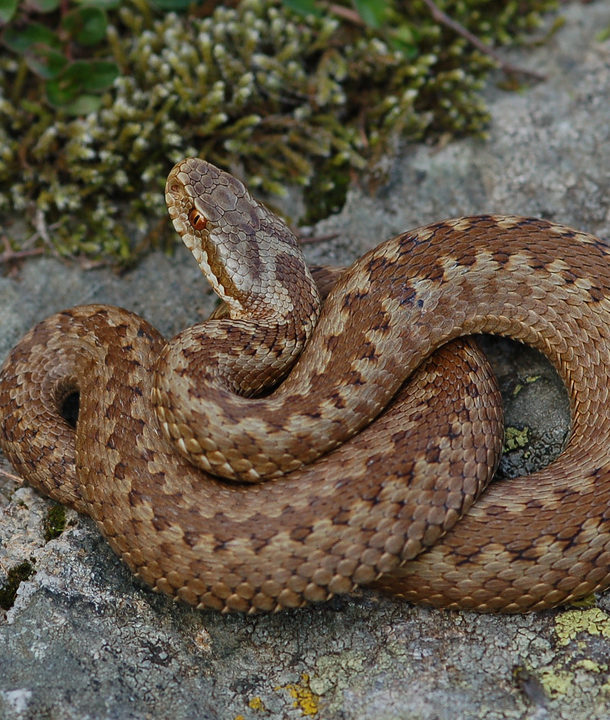
- The natural adversary of snakes are hedgehogs which lead to a rather active hunt for reptiles. Some advise to plant hedgehogs on the site. To do this, every night they need to leave a treat - a plate of milk and pieces of raw chicken. But the extreme extreme method of struggle is the “drunk hedgehog”. It has really been used since medieval times in Hungary. Hedgehogs should be treated with beer or wine instead of milk. Allegedly a drunken hedgehog is especially fierce. But we would not advise experimenting like this;

- Cats or dogs, especially the breeds of yagd terrier, they are quite successful in hunting snakes. This method is not recommended if your pet does not have the appropriate character and does not show hunting skills;
- Smell some plants in particular garlic can scare away snakes. You can plant a plant around the perimeter of the site;
- Dry has a similar effect. mustard powder;
- Set around the perimeter of the site homemade turntables which will create vibration and transmit it to the ground. If you have lawn, regularly trim it with a lawn mower, this will scare away reptiles.

If none of the methods helped you, you can always call herpetologists - these are people who specialize in catching snakes.
Precautionary measures
After you successfully clear your site of snakes, it is important prevent them reappearance. 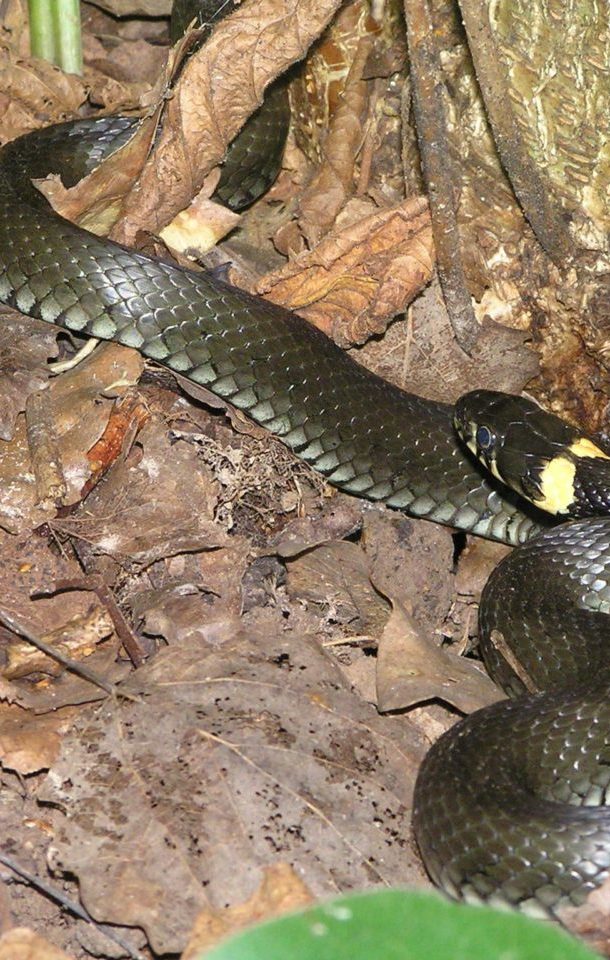 For this:
For this:
- Regularly cut the grass on and around the site, remove dry leaves and sawn branches;
- Make the snakes uncomfortable in your area - destroy the small rodents that make up their diet;

- If you live in close proximity to the forest, snakes will periodically visit you. So that they could not get to the site, enclose it the fence. A small-mesh snake fence is made metal mesh, which is dug around the perimeter to a depth of 25-30 cm. The height of the net above the ground should be at least 80 cm. The supporting posts should be located on the inside so that the snakes could not climb on them. And the canvas itself should be tilted outward at an angle of 30 degrees.

First aid for a bite
If you were bitten while trying to catch a snake or just by negligence, it is important to correctly perform a first aid. 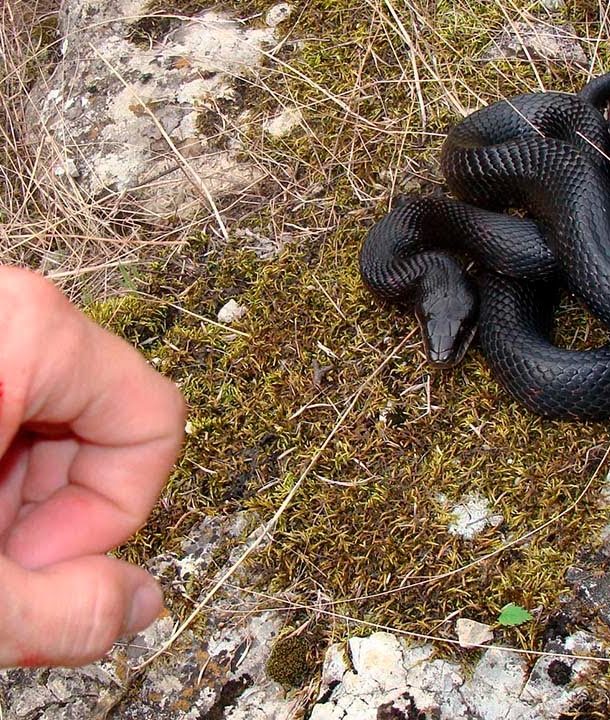 The following actions should well know all members your families:
The following actions should well know all members your families:
- Immediately calm a bitten man. A rapid heartbeat will accelerate blood circulation, and the poison will spread faster throughout the body;
- The victim must immediately drink a few glasses of liquid. It must be plain or mineral water. Drinking will facilitate the rapid removal of toxin from the body and slow down the absorption of poison;
- You can not drink tea, coffee, alcohol. The latter dilutes the blood, so that the toxin spreads faster throughout the body. For the same reason, do not treat the wound with alcohol;
- Do not apply a pressure dressing to the bite site. This will cause the poison to concentrate in one place and cause tissue infection;
- Poison can be sucked out of the wound only on condition that the person who will do this no wounds on the oral mucosa or tooth decay. In this case, the poison that enters the stomach will not be a danger to the carer. If there are contraindications to such actions, it is better not to suck out the poison;
- Neatly treat the edges of the bite with green or alcohol;
- Do not use potassium permanganate, cut the bite site and cauterize it;
- After this person you need deliver to the nearest hospital or call an ambulance. While waiting for the doctors to arrive, lay the person so that the head is below body level. This way blood will flow faster and easier to the brain.
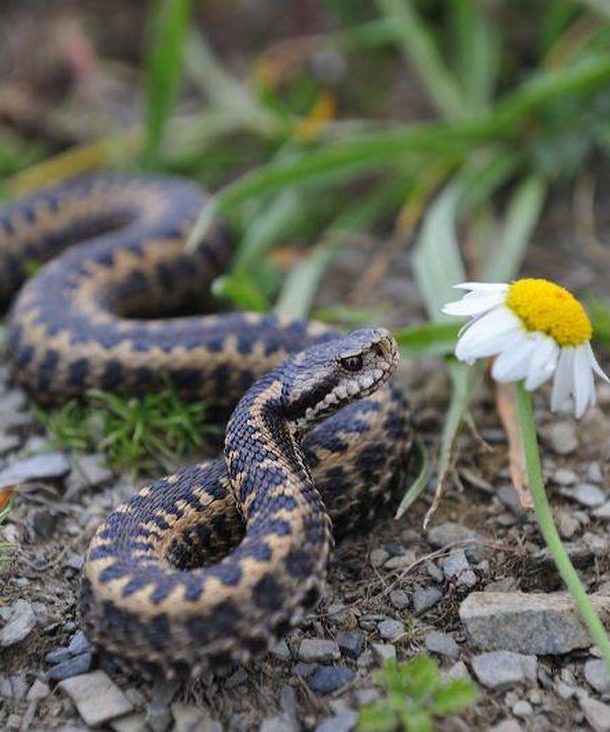 IN your first-aid kit must be following drugs:
IN your first-aid kit must be following drugs:
- Antipyretic;
- Painkiller;
- Antihistamine;
- Antibiotics;
- Drugs for high blood pressure;
- Preparations for the cardiovascular system.





